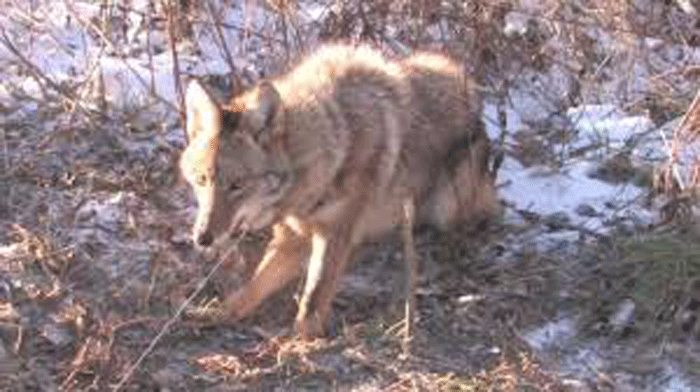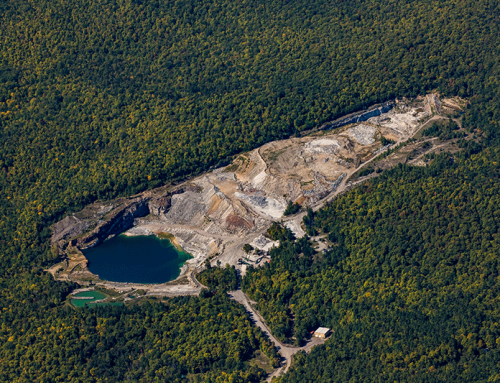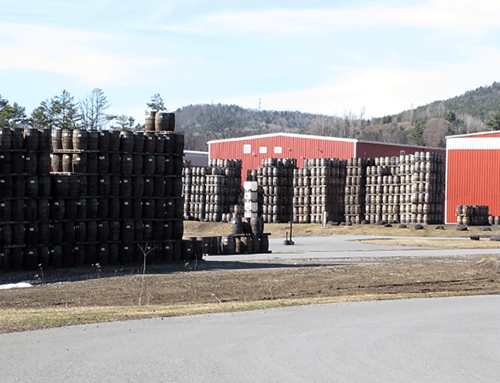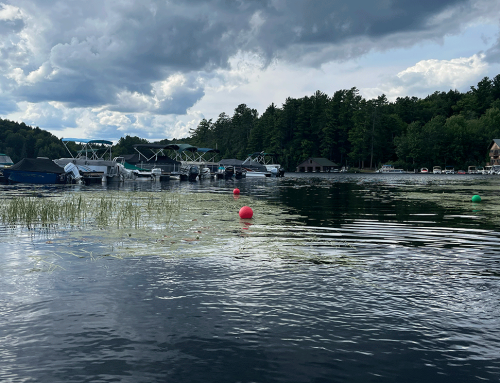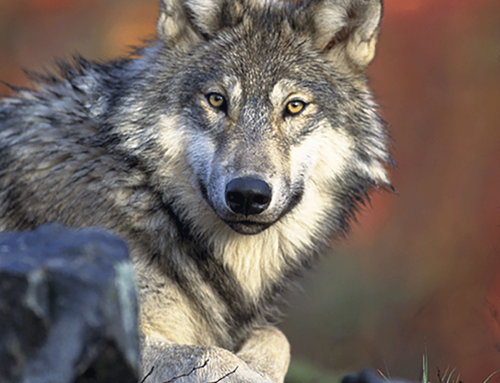Opposition to S.372 “An act to amend the environmental conservation law, in relation to the regulation of live restraint cable devices to take wildlife; and providing for the repeal of such provisions upon the expiration thereof”
Protect the Adirondacks opposes S.372 “An act to amend the environmental conservation law, in relation to the regulation of live restraint cable devices to take wildlife; and providing for the repeal of such provisions upon the expiration thereof.” This legislation seeks to authorize a new type of hunting technique for the capture of coyotes, red fox, grey fox, raccoon, beaver and bobcat, among other animals. The legislation seeks to authorize use of “live restraint cables,” which are akin to snares, which trap an animal by the neck in a steel cable noose. Under state law, a trapper using such devices is supposed to check his traps once every 48 hours, but this provides an extended period in which the captured and distraught animal is confined to a small location and furiously tries to break free of the cable. These devices have been shown to cause extensive damage to animal’s teeth, jaws, and claws/paws as well as injure the animal’s neck and upper body. Animals suffer in a cycle of exhaustion, unconsciousness, and injuries, including severe injury or death, as they struggle to escape.
This bill is based on flawed science about the coyote population in New York, will fail to reduce the state’s coyote population, authorizes a hunting technique that causes gratuitous pain and suffering for wildlife, and indiscriminately places our pets and many other wildlife species at risk.
The stated purpose of the legislation is to control the coyote population. This relies upon poor scientific understanding of what drives New York’s coyote population. First, New York currently maintains a 6-month “open season” on coyotes that allows hunters to kill as many coyotes as they please. There is no reporting to state agencies or daily bag limits. Second, despite the length of the open season and heavy hunting, coyotes have flourished in New York’s suburban, exurban and rural areas because they are highly adaptable, perhaps the most highly adaptable wildlife species in New York, and can sustain its population on a diverse diet from hunting and scavenging. Coyotes hunt small rodents, small mammals and whitetail deer, but also eat a large amount of fruits, nuts and plants. Third, coyotes maintain a self -regulating population. As coyote populations decline, competition for food decreases resulting in increased reproductive rates and larger litters. When competition for food increases, litter sizes are smaller. Cable restraints will not be effective at controlling the coyote population in New York.

